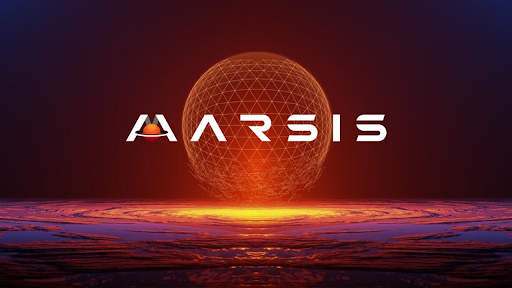Decentralized Finances (DeFi) set fire to a revolution in the heart of the financial system. After a boom in the summer of 2020, many have acknowledged its potential. The sector’s $64 billion in total value locked (TVL) is compelling proof. The emergence of Non-Fungible Tokens (NFTs) sparked a second fire. Now, it seems imminent that a longer and universally adopted boom will take place in the medium and long term.
The confluence of these technologies, protocols, and its native assets, DeFi and NFTs, has opened opportunities for countless people. From unbanked individuals, artists, merchants, DeFi, and NFTs are powerful tools poised to disrupt the way businesses and cultural activities are conducted.
No longer bound to a central authority, a bank, or a museum, a set of rules or canon created from a centralized authority, users can choose the artwork, item, or product that resonates with them. Thus, a new system is in the making and will be spearheaded by the users on top of a new generation of decentralized protocols driven by the power of the blockchain.
Marsis, a global scale decentralized and self-govern NFT asset valuation platform, seeks to be the hub for this next wave of users. The platform will allow them to trade and valuate their NFTs acting as an interactive Bazar for this sector in a vast ecosystem that merges these assets with DeFi and the principles of a Decentralized Autonomous Organization (DAO).
For transparency and the security of its users, Marsis’ smart contracts have been audited. On May 7th, 2020, Marsis completed a $1 million seed funding via token offering with participation from Chain Capital, Redline Capital, Jove Capital, R8 Capital, Kryptos, 7 O’clock Capital, Legendland Capital, SVC, and Chronos Capital.
Its native utility token SIS has a supervisory role and can be used in the voting protocol, staking, and maximize profits. Moreover, Marsis’ trading platform will be cost-efficient when creating an NFT with reducing arbitration and friction.
Along with a user center experience, the platform will be secure, stable and will allow them to profit from liquidity mining, yield farming, interoperability with multiple blockchains, such as Ethereum, HECO, Binance Smart Chain, and others.
Marsis also has a synthetic asset aggregator to issue more diversified NFTs and meet the demand of investors looking to gain exposure to tokenized traditional assets. The platform offers an innovative way of improving liquidity and gives more access to NFTs by offering to fractionalize ownership of these assets.
Marsis A Vision Of Empowerment And Decentralization
In the traditional world, a work of art is often valuated by an expert or a group of experts according to a set of subjective and objective criteria. Their opinions can differ from that of those outside the system. They are often kept apart, and their unique view and work find no access to a market or an audience.
Marsis has the vision of providing an evaluation standard accessible for everyone, to be an alternative free from the constraints of the legacy financial system. Marsis seeks to be a platform for investors and users to participate in comparative activities in the valuation of NFTs.
Thus, the objective and subjective requirements used to grant an item with value will have the investors’ experiences and references. This solution will be implemented via Marsis’ voting protocol. It will take those criteria in the traditional world and complement them with the voices of a group of people, artists, investors. The centralized criteria of the past can now be in the hands of the people with this platform.
One of Marsis unique features, the voting protocol, will empower users directly by allowing them to stake SIS and cast votes to build consensus around the market value of an NFT. Spacewalkers, users as they called on Marsis, can have an active role in how their favorite NFT are score and rated and received a reward for it.
Users will be able to participate in staking via Marsis DEX and Consensus Pool. The former is a straightforward method to provide liquidity into the platform by staking supported tokens into the pool and earn rewards in SIS. On the other hand, the Consensus Pool permits users to vote for NFTs. These assets with votes greater than 0 can join the pool and be staked to earn rewards in SIS tokens.
In the days of yore, artists often gained recognition after they were no longer around to witness their lifework being sold in auctions for hundreds of millions. Marsis has come to change the status quo. Any NFT creator and asset holder can benefit from better liquidity for their tokens and get rewarded in the process.
The future will run on top of a blockchain and Marsis might just be the marketplace for a sector that, in a short span of time, has captured the attention of millions. Its platform could be the gateway into a fairer and more inclusive system.
